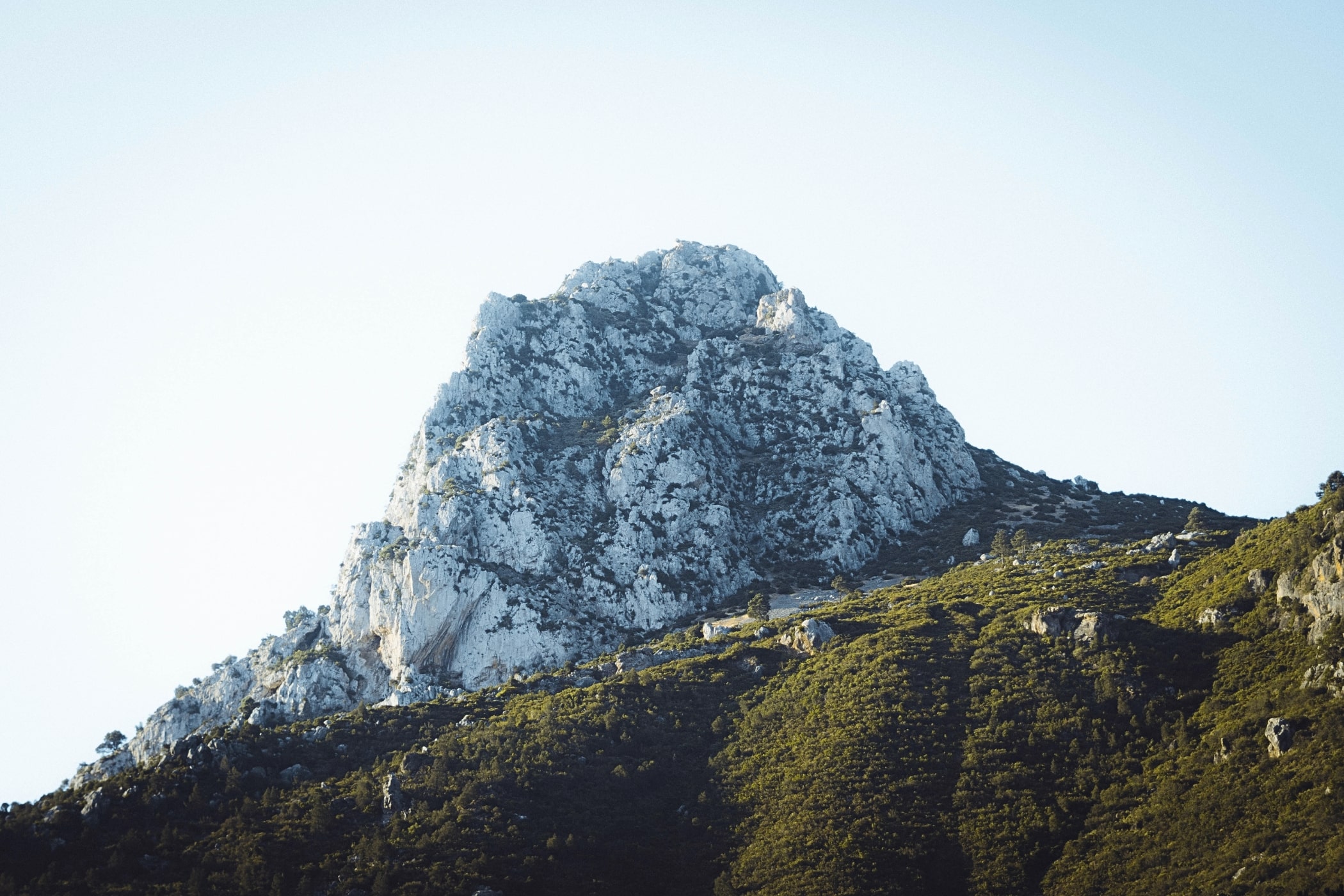Best Hikes in Morocco’s Rif Mountains
Renowned for its medinas, cuisine and cultural experiences, the North African country of Morocco also captivates travellers with its diverse natural terrain and rugged wilderness, beckoning outdoor enthusiasts with endless opportunities for exploration and hiking. Within its borders lie 11 national parks and four majestic mountain ranges, including the famous High Atlas. However, venturing further north, the lesser-frequented Rif Mountains are steadily gaining ground as an equally enchanting destination for trekkers.
Inhabited by the indigenous (Rif) Berbers since prehistoric times, the Rif Mountains’ lush landscape is adorned with pristine rivers, limestone cliffs and awe-inspiring gorges stretching down to the Mediterranean Sea.
Springtime, spanning from around April to June, is the best for hiking the Rif Mountains, with temperatures neither scorching nor frigid. Regardless of season, applying sunscreen and drinking ample water is imperative, along with a pair of sturdy hiking boots. Additionally, it’s also a good idea to pack extra layers of clothing and a rain jacket as the weather can be unpredictable in this region.
Bouhachem Regional Nature Reserve
Best for: Nature lovers
Difficulty: Beginner–Intermediate
Walking time: 2 to 8 hours
Bouhachem Nature Reserve, is one of two parks in the Rif Mountains, and an important area of the Intercontinental Biosphere Reserve of the Mediterranean. Extending between Tetouan, Chefchaouen and Larache, it contains beautiful forests of oak and maritime pine, as well as many wildlife-spotting opportunities. The sprawling 40,000-hectare park is home to 32 species of mammals, 99 species of birds and 17 species of reptiles.
Guided day trips can be easily arranged from Tangier (2-hour drive away) or Chefchaouen (30-minute drive away), and there is a myriad of hiking trails to choose from that cater to varying levels of endurance, and weaving through charming local villages, picturesque mountains, verdant forests and cascading waterfalls.
Akchour Waterfalls & God’s Bridge
Best for: An all-round experience
Difficulty: Intermediate
Walking time: 3 to 4 hours for Akchour waterfalls; ~2 hours for God’s Bridge
Nestled within Talassemtane National Park, the hike to Akchour waterfalls and God’s Bridge starts from Akchour, a small village just 45 minutes from Chefchaouen. Once in Akchour, head to the hydroelectric dam to begin the hike. Here the trail splits in two: take the left fork to head to the waterfalls or the right fork for God’s Bridge, a stunning stone arch towering above the Farda River.
The path to the waterfalls is mostly flat and relatively easy to navigate, taking around an hour to unveil the trail’s first cascade. Further along is a larger waterfall, with water plunging into a picturesque turquoise pool. Along the trail are numerous roadside stalls offering beverages and tajines (a delicious Moroccan slow-cooked stew).
God’s Bridge, a natural formation carved entirely by the river’s flow, awaits hikers approximately 45 minutes from the dam. The trail presents two options to see the formation – either stick to the mountainside all the way to the bridge, or head down the canyon and walk alongside the river to see the arch from below.
Both trails offer a rewarding glimpse of Talassemtane National Park’s resplendent landscape and unique flora: clear flowing streams, limestone cliffs, gorges and forests of Moroccan fir. The UNESCO-listed site is also a sanctuary to diverse wildlife, including golden eagles, the lynx and the rare Barbary macaque – a species of monkey found exclusively in the mountains of Morocco, Algeria and Gibraltar.
Mount Tissouka and Sfiha Telj
Best for: Mountain enthusiasts
Difficulty: Advanced
Walking time: 8 to 10 hours
Hiking Mount Tissouka and Sfiha Telj is recommended to be done with a local guide, as the terrain is sparse and rocky, with several steep climbs and some scrambling required (scrambling is a hiking term for using both your hands and feet to safely climb steep and unstable terrain).
Beginning at the foothills of Chefchaouen, the hike to the 2,122-metre summit begins up a rocky trail through the forest. Ain Tissimlane, with its natural spring and gorgeous outcroppings of limestone, is a popular spot to take a break. While climbing, take in sublime views of Chefchaouen below and the peaks surrounding the blue-stained city. From the top of Tissouka, cross a ridge to the slightly smaller peak of Sfiha Telj to descend back down into Chefchaouen.
This hike features an array of flora and fauna, with black pine, Atlas cedar, oaks and wild olive trees growing near the mountains. Trekkers might also spot wild boar, golden eagles, ravens and kites, while local signage points to wolves and gazelles in the area.
Take in the beauty of Morocco’s Rif Mountains, and explore all its nature has to offer, when you stay at our all-pool villa resort Banyan Tree Tamouda Bay.
